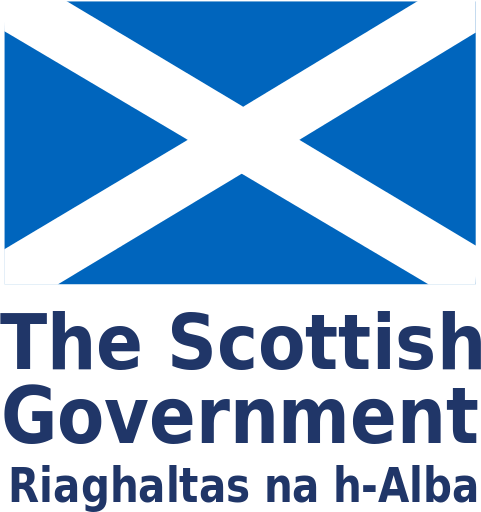Electrical activity of the heart
Before commencing this section of the module, we would suggest that you review the electrical activity of heart (see Healthy Heart module: Electrical activity of the heart). You might also find it useful to review your knowledge and understanding of Cardiac Investigations: Common Cardiac Investigations.
Take a closer look at the PQRST waves below:
Please enable JavaScript in your browser to see this interactive content.
P wave: represents depolarisation. A normal P wave is small rounded and positive I & II, inverted aVR. Duration < 0.12 secs (3 small squares). Amplitude < 0.25 mV (2 small squares).
Q wave: equals septal depolarisation from left side of the heart to the right. First negative deflection preceding R wave. Duration < 0.04 secs (1 small square). Pathological Q waves can develop after MI; these are Q waves which are > 0.04 secs (1 small square). > 25% of corresponding R wave.
R wave: first positive (upward) deflection which is generated during ventricular depolarisation.
S wave: the first negative (downward) deflection following an R wave or it is the second negative deflection. It is also the second downward deflection in the QRS complex.
T wave: represents ventricular repolarisation (or recovery) of the ventricles.
PR interval, atrial depolarisation: the portion of the electrocardiogram between the onset of the P wave (atrial depolarization) and the QRS complex (ventricular depolarization). Marks AV node delay. PR interval starts at the beginning of the P wave to the start of the QRS. 0.12 – 0.20 sec (3 to 5 small squares).
QRS complex, ventricular depolarisation: the interval from the beginning of the Q wave to the termination of the S wave, representing the time for ventricular depolarization. Width = 0.08 – 0.12 sec (2 to 3 small squares).
QT interval, ventricular depolarisation and repolarisation electrical activity: Q–T interval: the time from the beginning of the Q wave to the end of the T wave, representing the duration of ventricular electrical activity. The duration varies depending on heart rate. For example at a rate of 60bpm the QT = 0.35 – 0.43 secs.
Cardiac cell properties:
Excitability: ability of a resting polarised cardiac cell to depolarise in response to an electrical stimulus
Automaticity (self excitation): unique ability of a cardiac muscle cell to generate electrical impulses and depolarise spontaneously
Conductivity: property of cardiac cells to conduct electrical impulses
Types of cells in the heart:
Pacemakers cells ( around SA node ): able to depolarise spontaneously and repeatedly at a certain rate. This results in the action potential, the source of the depolarisation wave which initiates one cycle of contraction and relaxation. Rate of firing is controlled by autonomic nervous system, with sympathetic stimulation increasing HR and parasympathetic, or vagal stimulation, slowing the HR.
Electrical conduction cells: carry current rapidly to distant areas of the heart.
Myocardial cells: major part of heart muscle. Responsible for the contractile work of the heart i.e. repeated contraction and relaxation. When these cells are depolarised, calcium is released within the cell. The calcium influx causes actin and myopsin ( contractile proteins) to interact, causing myocardial contraction. Myocardial cells can also transmit current but do this more slowly then conduction cells.
Page last reviewed: 30 Jul 2020


